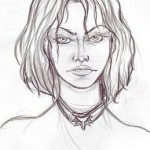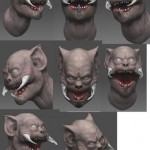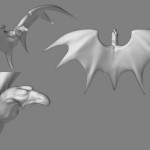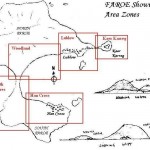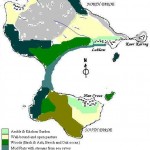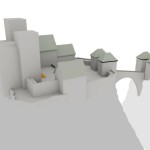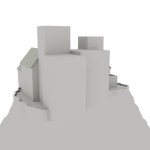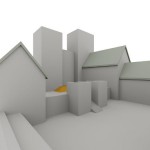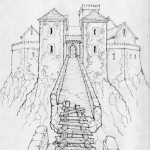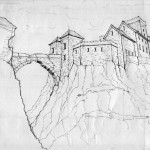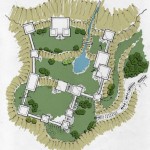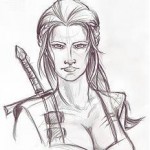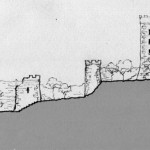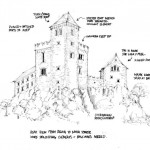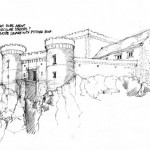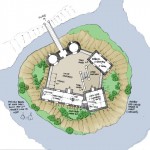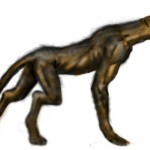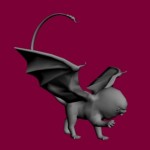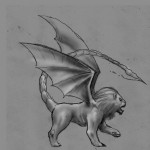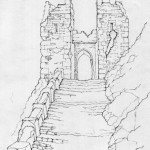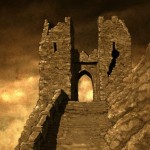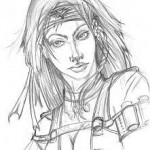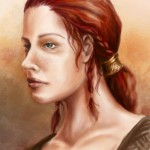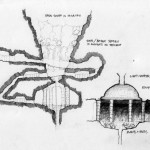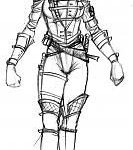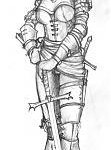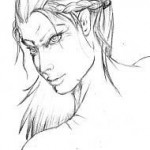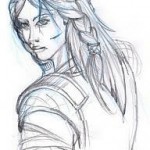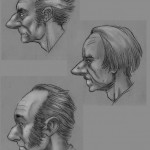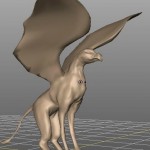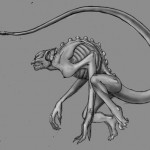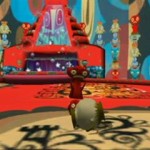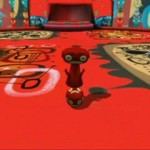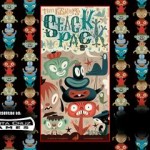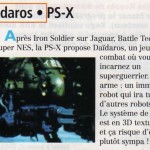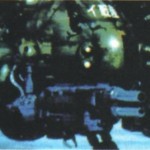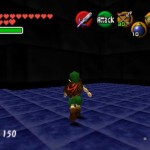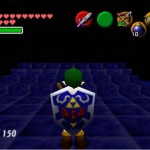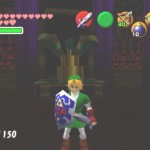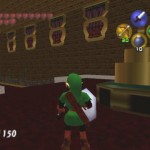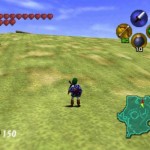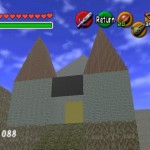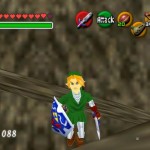The Witcher is RPG for the PC developed by CD Projekt RED STUDIO and originally released in 2007. The game tells the story of Geralt of Rivia, who at the opening of the game is tasked to cure the daughter of King Foltest of a curse which causes her to transform into a feral monster. [Info from Wikipedia]
The Witcher Outcast was a planned add-on that was in development by roXidy, a Canadian group which previously created the Neverwinter Nights: Wyvern Crown of Cormyr premium module for BioWare.
Outcast was going to be released as DLC in most countries and have a disc release in some countries, like Poland and Russia. It was in development from late 2007 until around mid-2008, when it was canceled by CD Projekt.
The draft of the story for this add-on can be read below:
The story takes place in the early part of Geralt’s life, before he is established as a Witcher, during the reign of King Videmont of Aedirn (around 1190). It takes place in the Skellige Isles off the west coast, on an island ruled by jarl Harald. Many years ago, a monster attacked Harald’s pregnant wife Morganna. In return, Harald went out to slay the monster, with the help of the gnome Shiltzen. As payment, Shiltzen demanded Harald’s firstborn, but when Morganna gave birth, she bore twins. Seeing that the second child was monstrous, Harald gave that child to Shiltzen instead of the firstborn Astrid.
The full design doc can be downloaded from GameBanshee!
Images:

